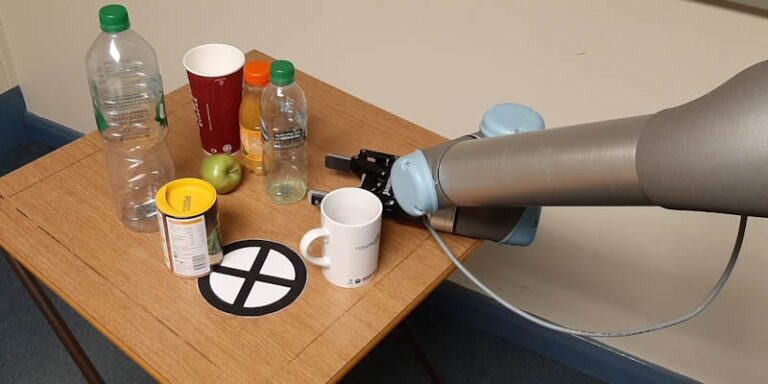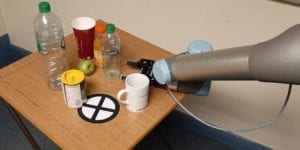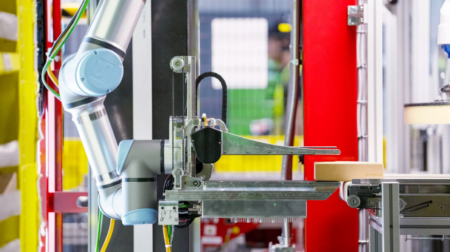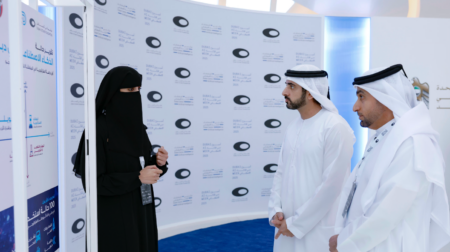Computer scientists at the University of Leeds have combined the AI techniques of automated planning and reinforcement learning to train a robot to find an object in a cluttered space, such as a warehouse shelf or in a fridge – and move it.
The aim is to develop robotic autonomy, so the machine can assess the unique circumstances presented in a task and find a solution – akin to a robot transferring skills and knowledge to a new problem.
Automated planning enables the robot to ‘see’ the problem through a vision system, in effect an image. Software in the robot’s operating system simulates the possible sequence of moves it could make to reach the target object.
Reinforcement learning involves the computer in a sequence of trial and error attempts – about 10,000 in total – to reach and move objects. Through these trial and error attempts, the robot ‘learns’ which actions it has planned are more likely to end in success.
The computer undertakes the learning itself, starting off by randomly selecting a planned move that might work. But as the robot learns from trial and error, it becomes more adept at selecting those planned moves that have a greater chance of being successful.
Dr Matteo Leonetti, a lecturer in the School of Computing at the University of Leeds, said: “Artificial intelligence is good at enabling robots to reason – for example, we have seen robots involved in games of chess with grandmasters.
“But robots aren’t very good at what humans do very well: being highly mobile and dexterous. Those physical skills have been hardwired into the human brain, the result of evolution and the way we practise and practise and practise.
“And that is an idea that we are applying to the next generation of robots.”
And according to PhD researcher Wissam Bejjani, the robot develops an ability to generalise, applying what it has planned to a unique set of circumstances.
“Our work is significant because it combines planning with reinforcement learning. A lot of research to try and develop this technology focuses on just one of those approaches,” said Bejjani. “Our approach has been validated by results we have seen in the university’s robotics lab.
“With one problem, where the robot had to move a large apple, it first went to the left side of the apple to move away the clutter, before manipulating the apple. It did this without the clutter falling outside the boundary of the shelf.”
Dr Mehmet Dogar, associate professor in the School of Computing, was also involved in the study. He said the approach had speeded up the robot’s ‘thinking’ time by a factor of ten – meaning that decisions that took 50 seconds now take five.
The research received funding from the Engineering and Physical Sciences Research Council in a project to investigate human-like physics in robotics.









